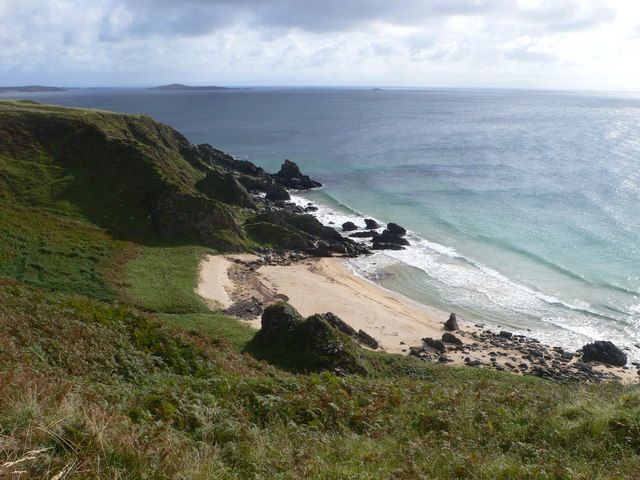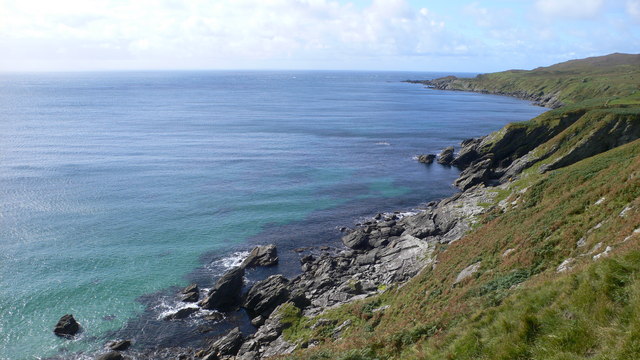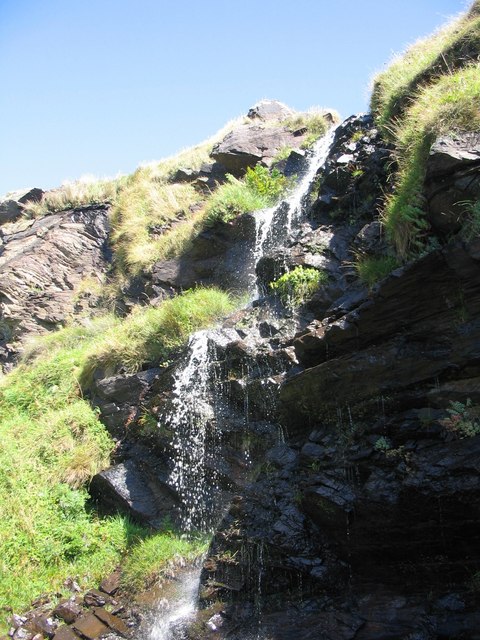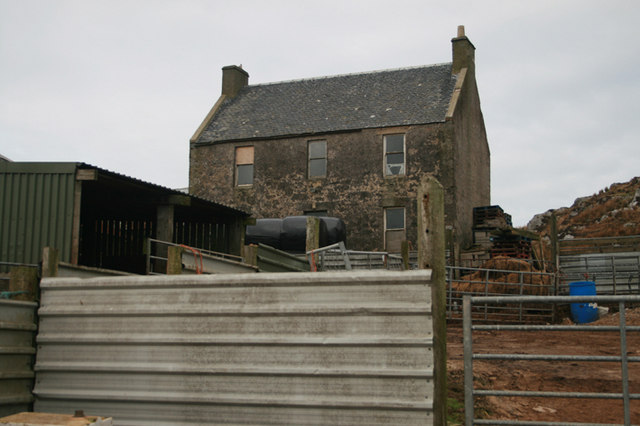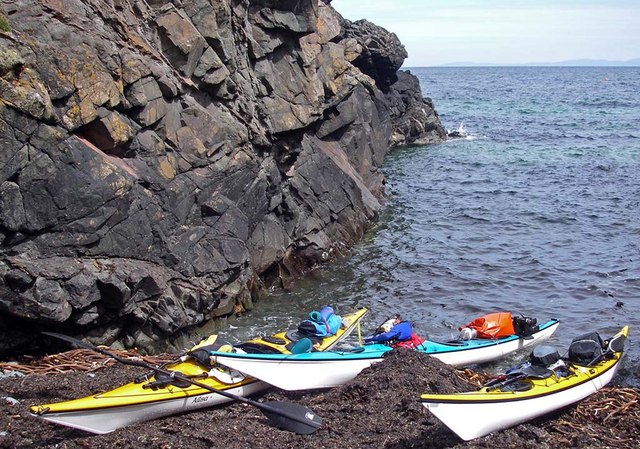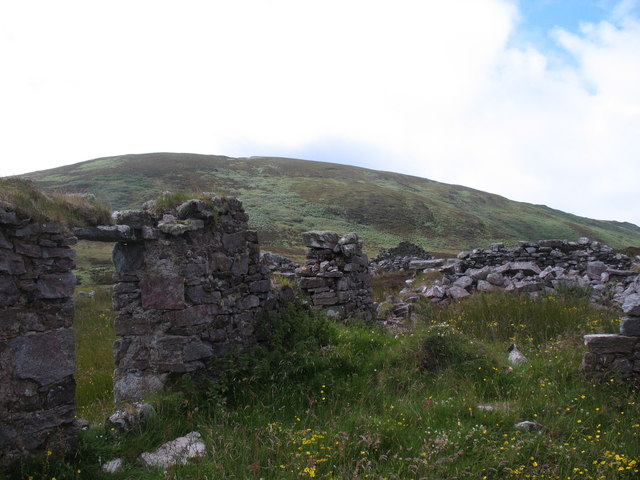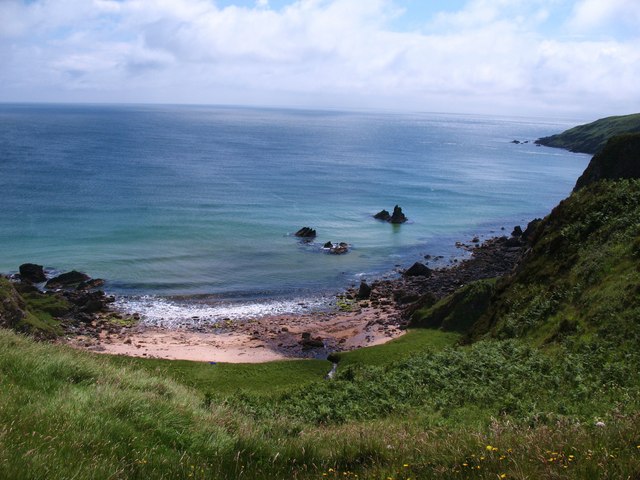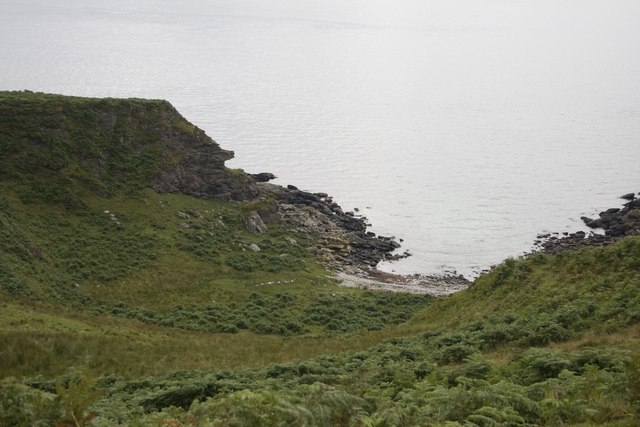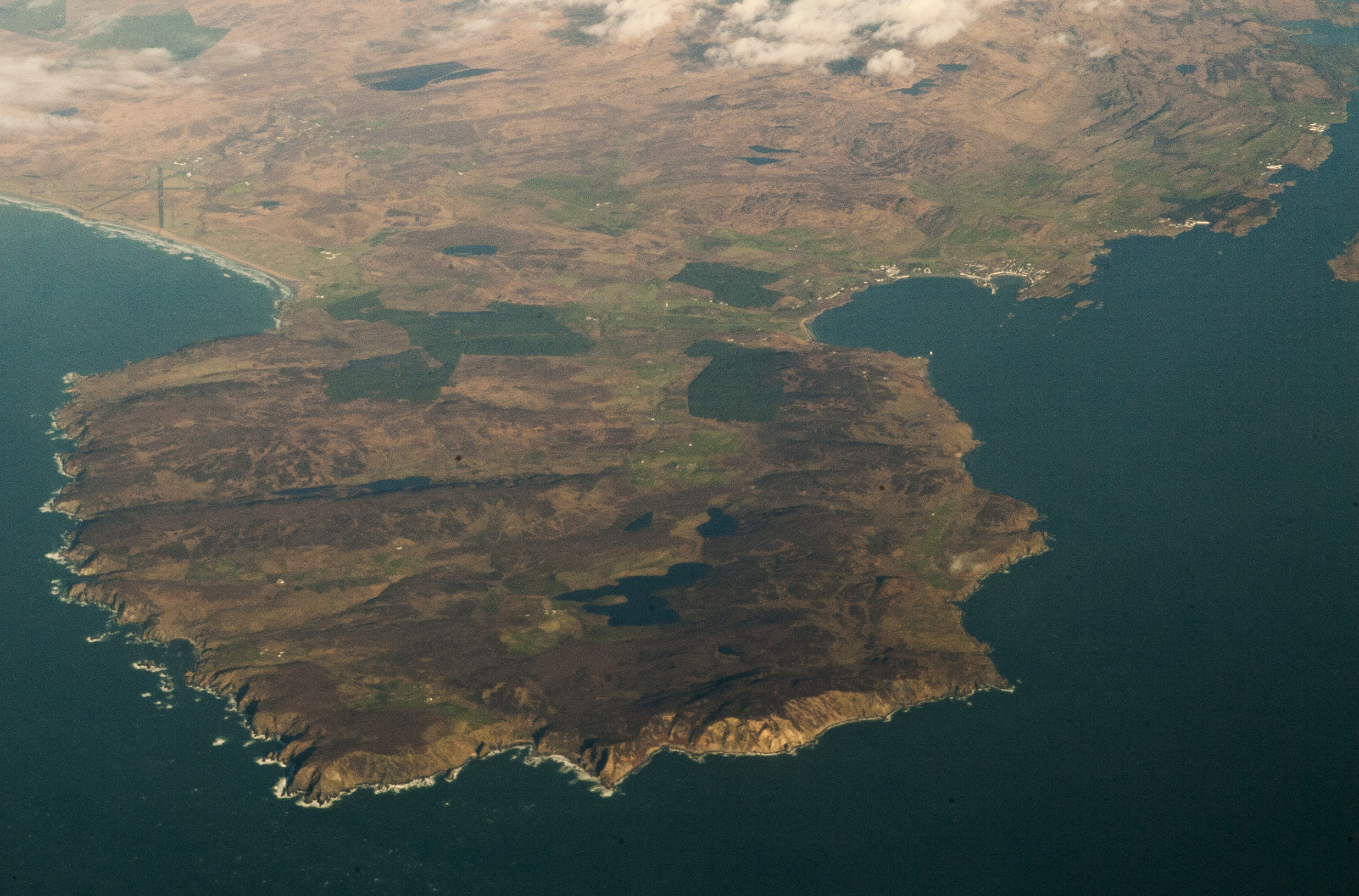Clàdan Biorach
Coastal Feature, Headland, Point in Argyllshire
Scotland
Clàdan Biorach
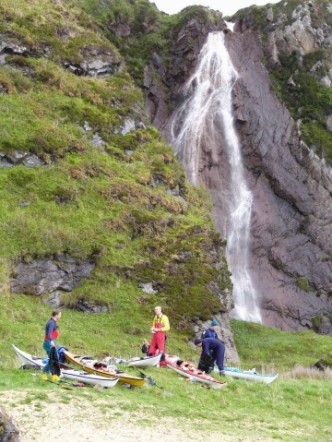
Clàdan Biorach is a prominent coastal feature located in Argyllshire, Scotland. This headland, also known as a point, is situated along the stunning coastline of the Argyll and Bute region. With its rugged and dramatic landscape, Clàdan Biorach has become a popular destination for outdoor enthusiasts and nature lovers.
The headland is characterized by its rocky cliffs that stand tall against the crashing waves of the Atlantic Ocean. The cliffs provide breathtaking panoramic views of the surrounding area, offering visitors a glimpse of the expansive ocean and the distant mountains on the horizon. The jagged rocks and sea stacks that dot the coastline add to its picturesque beauty.
Clàdan Biorach is a haven for a wide variety of bird species, making it a popular spot for birdwatching. Visitors can observe majestic seabirds such as gannets, puffins, and guillemots as they soar above the cliffs and dive into the sea in search of food. The area is also home to a diverse array of marine life, including seals, dolphins, and occasionally even whales.
Hiking trails and walking paths wind their way along the headland, allowing visitors to explore the rugged terrain and experience the raw beauty of the Scottish coast. The area is well-preserved and offers peaceful solitude, making it an ideal spot for those seeking tranquility and a connection with nature.
Clàdan Biorach is not only a natural wonder but also holds historical significance. The headland has witnessed various historical events and is a testament to the rich cultural heritage of the region. Ruins of ancient settlements and archaeological sites can be found scattered throughout the area, providing glimpses into the lives of those who once inhabited the land.
In summary, Clàdan Biorach is a captivating coastal feature in Argyllshire, Scotland. With its dramatic cliffs, diverse wildlife, and historical significance, it offers visitors a unique and unforgettable experience of the Scottish coastline.
If you have any feedback on the listing, please let us know in the comments section below.
Clàdan Biorach Images
Images are sourced within 2km of 55.597281/-6.2337391 or Grid Reference NR3341. Thanks to Geograph Open Source API. All images are credited.

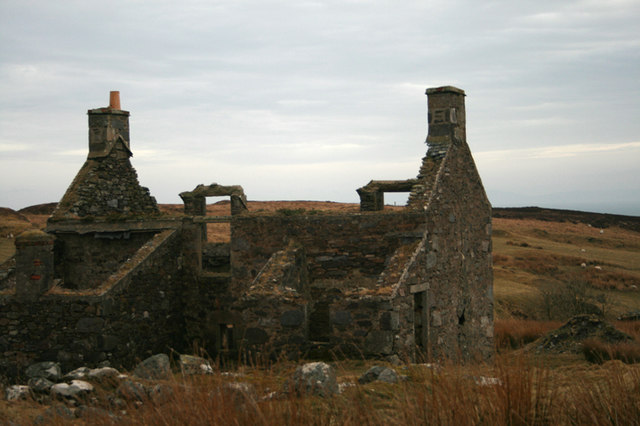
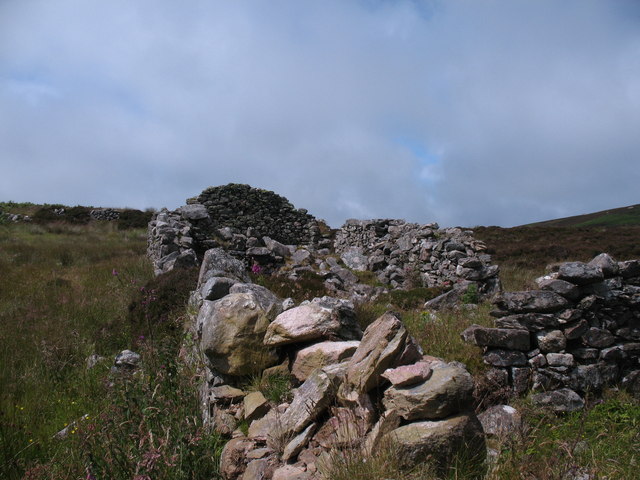
Clàdan Biorach is located at Grid Ref: NR3341 (Lat: 55.597281, Lng: -6.2337391)
Unitary Authority: Argyll and Bute
Police Authority: Argyll and West Dunbartonshire
What 3 Words
///postcard.blip.flamenco. Near Port Ellen, Argyll & Bute
Nearby Locations
Related Wikis
The Oa
The Oa ( OH) (Scottish Gaelic: An Obha) is a rocky peninsula in the southwest of the island of Islay, in Argyll, Scotland. It is an RSPB nature reserve...
Port Ellen distillery
Port Ellen distillery is located in Port Ellen on the isle of Islay, Scotland. It initially operated between 1825 and 1983 when production shut down....
St John's Church, Port Ellen
St John's Church, Port Ellen is a Category B listed building in Port Ellen, Islay, Argyll and Bute, Scotland. == History == The memorial stone for the...
Eas Mòr, upper
Eas Mor is a waterfall is a waterfall on the Abhainn Ghil on the island of Islay in Scotland. It lies on The Oa peninsula south of Giol and west of Lenavore...
Have you been to Clàdan Biorach?
Leave your review of Clàdan Biorach below (or comments, questions and feedback).

